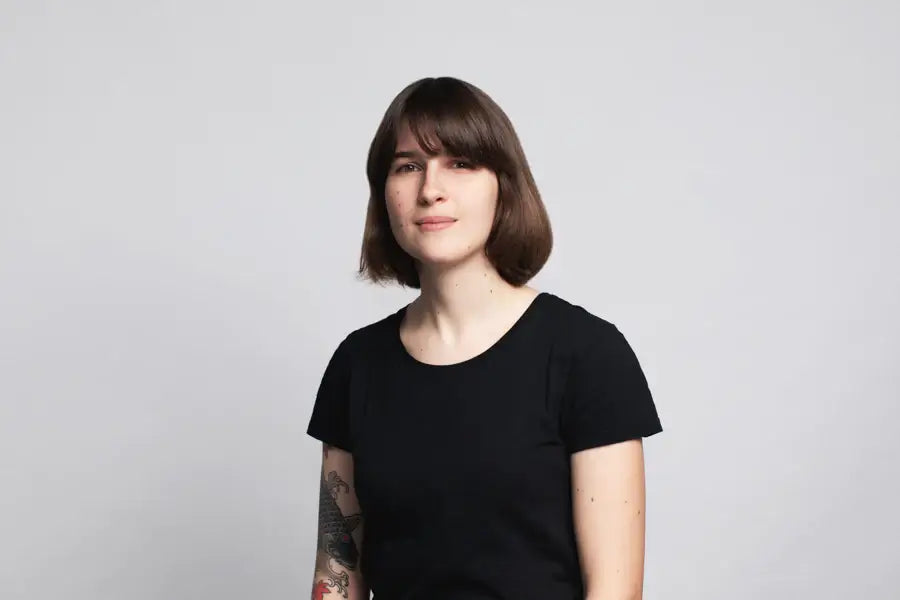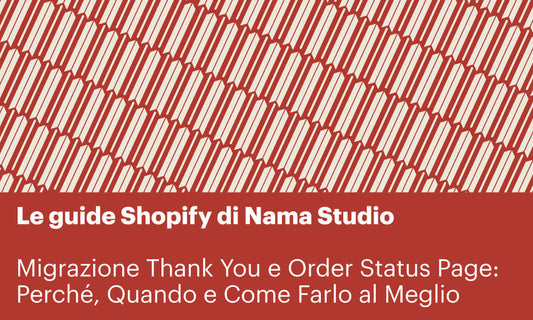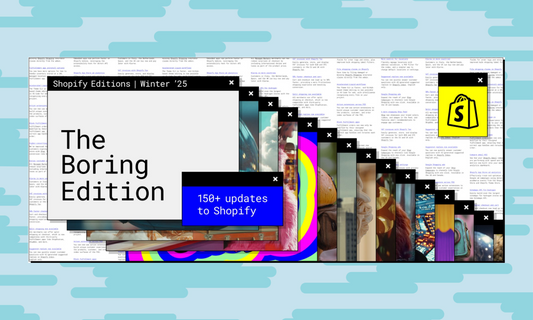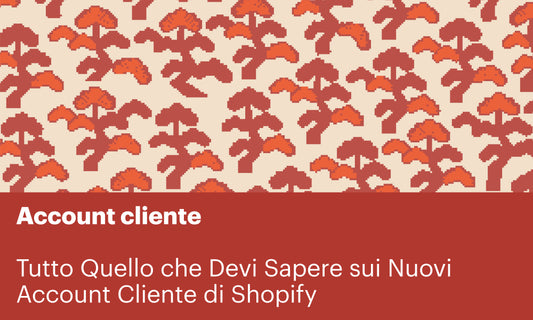SEAY is a sustainable clothing and low environmental impact beachwear brand born from an idea of Alberto Bressan and recently nominated between the “Best for the World 2022”. We had the pleasure to talk to Alberto and learn more about his story, how the brand started and discuss the challenges and wins of making a brand that is sustainable in all its choices and actions.
NAMA:
Ciao Alberto, thank you for joining us for this chat! I know that SEAY | Soseaty Collective started from an unexpected change in your professional life, and from your ability to turn that change into an opportunity. How did the project start? Why did you choose to work on a sustainable clothing brand?
ALBERTO:
Thank you for inviting me! The beginning of SEAY coincided with my layoff, so I think we can say that this is the story of the desire for “revenge” of a young-but-not-so-young-anymore man from Veneto, Italy. After less than 24 hours from the call by the HR of the American multinational company where I used to work I decided I could try to do things differently. SEAY in fact was born for this exact reason: to show that doing things with a limited environmental impact is not only possible, but it is a moral and social duty for all entrepreneurs. I have a nine-years-old daughter and if I want her to experience a world similar to the one I experienced as a kid in the Eighties I - and we as a community - need to do something quickly, without hiding ourselves behind fake green appearances that in the end aren’t different from the old-economy models that have lead to the current environmental crisis.

NAMA:
SEAY’s goal is to “to become the world’s lowest environmental impact clothing and beachwear brand”. You’re already doing much to pursue such a goal, and in 2021 you have been certified as a B Corp. How did you approach the objective of becoming a brand as sustainable as possible? What are the more complex challenges and the achievements you’re most proud of?
ALBERTO:
Behind this ambitious goal there is the will to do things well. How can we be sure that the loud claims of companies and organizations are really impacting their actions and choices?
We decided to take a transparent path, becoming firstly a “società benefit” (benefit company) - which requires to publish every year an impact report like this one - and then a B Corp, reaching the highest score obtained in Italy by a fashion company. I’m glad to share that we’ve recently been awarded “best for the World 2022” by B Corp, which means we have reached the top 5% between the B Corp companies. This makes us really proud, because a third-party entity has certified that what we say and claim corresponds to our actions. It has been a complex 9-months process that has involved several reviews by a Malaysian team that has followed our certification. The most complicated aspect has been, in my opinion, having enough track records to be measured and assessed: in the end our project started only 3 years ago.
NAMA:
You have created the Re3 Model: re-sell, re-use, re-generate. Can you help us understand how it works? How do your customers interact with such a direct involvement in reutilising their own pieces of clothing they don’t use anymore? In your opinion what role will blockchain technology play in product traceability?
ALBERTO:
After focusing on production (mainly Made in Italy and with short supply chain), on packaging (biodegradable and organic), on materials (certified organic or recycled), on dyes (low impact) and on the logistic chain (whose Co2 emissions are offsetted), we realized that the Re3 Model was the right tool to be implemented to start acting on products of other brands already out there and not being used. Thanks to the Re3 Model, in fact, our clients can send us a piece of clothing they don’t use anymore, giving it a new life and at the same time getting a green bonus of 20% on the SEAY piece bought. Thanks to the tracking system that we have patented, the customer can follow the whole journey of their piece of clothing, discovering in real time if it has been recycled into a new material, resold as second hand or donated. After 2 years since we have implemented the Re3 Model we can say that very many customers have decided to use it, and the main drive wasn’t the discount but the environmental impact of this action itself.

NAMA:
Beside collecting pieces of clothing that aren’t used anymore, SEAY uses a recyclable packaging, offsets its emissions and works with closeby services and suppliers, using certified materials. Can you tell us something more about these four aspects? What is the next step you are planning in order to make SEAY even more sustainable?
ALBERTO:
The four areas described, together with the Re3 Model, are our five pillars on top of which we have built our business. We know we can still do more, much more. The next step will be working on our headquarters, a lovely coworking space that can improve its environmental impact, and working on our collection design. At the moment we are in fact very focused on the materials we use and their certifications, the next step will be making our products as easy to “break” into different parts as possible, making it easier to separate the different pieces that are involved in one single product and therefore facilitating the re-use of each single piece or material.
NAMA:
Who are the people that make your team special? What do they have in common?
ALBERTO:
Our team at SEAY is currently made of 11 people, each of them with a strong desire to put themselves out there after some big or small professional mishap. Fashion is a cynical industry and we like the idea of having given a second chance to serious and competent professionals that have a strong experience and a bright future in front of them.

NAMA:
Is there any brand or project with a similar mission to yours which you’d like to recommend to our readers? If so, which ones?
ALBERTO:
There’s many brands we love, starting from Patagonia, the forefather of a certain way of doing business. I also love more recent brands like Organic Picture Clothing and EcoAlf or smaller but extremely competent and credible brands like Rifò. Unfortunately, besides some excellent brands like the one I have just mentioned, it is full of greenwashing brands and practices that undermine the credibility of “green warriors” like us.




